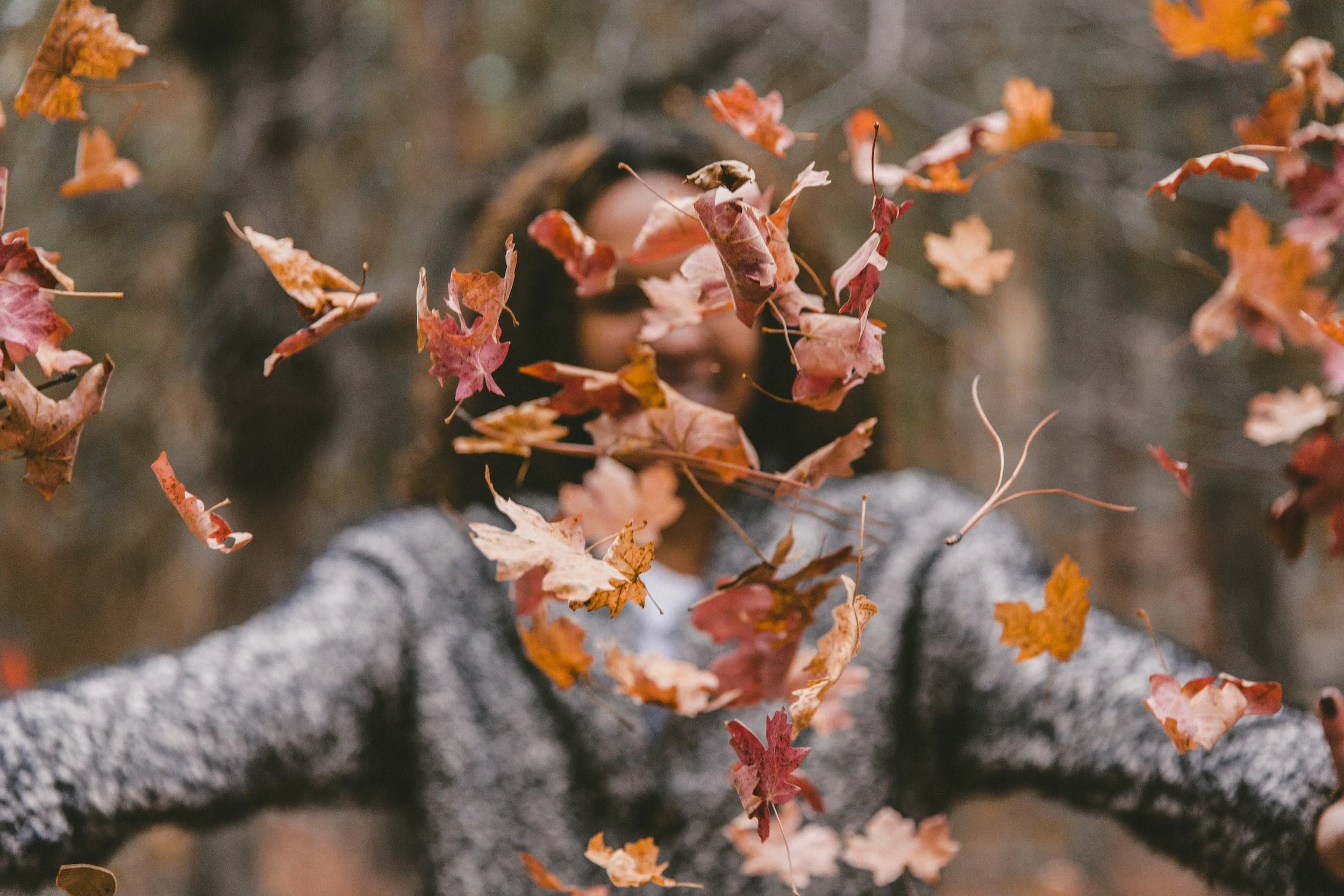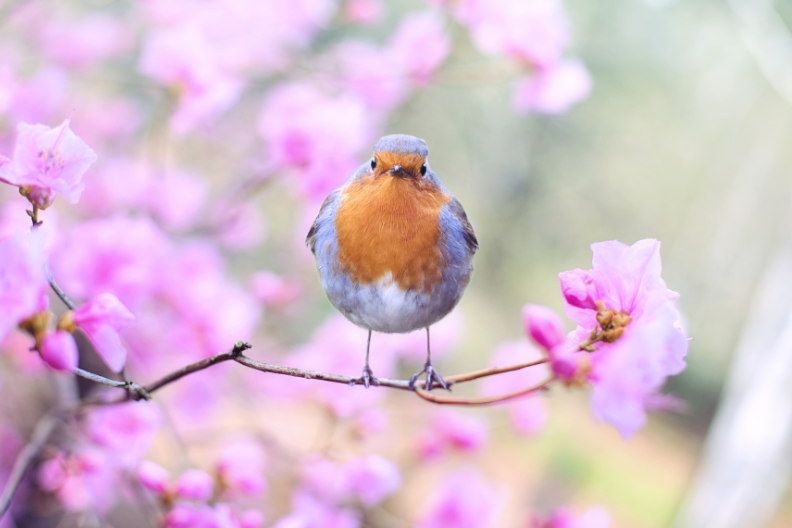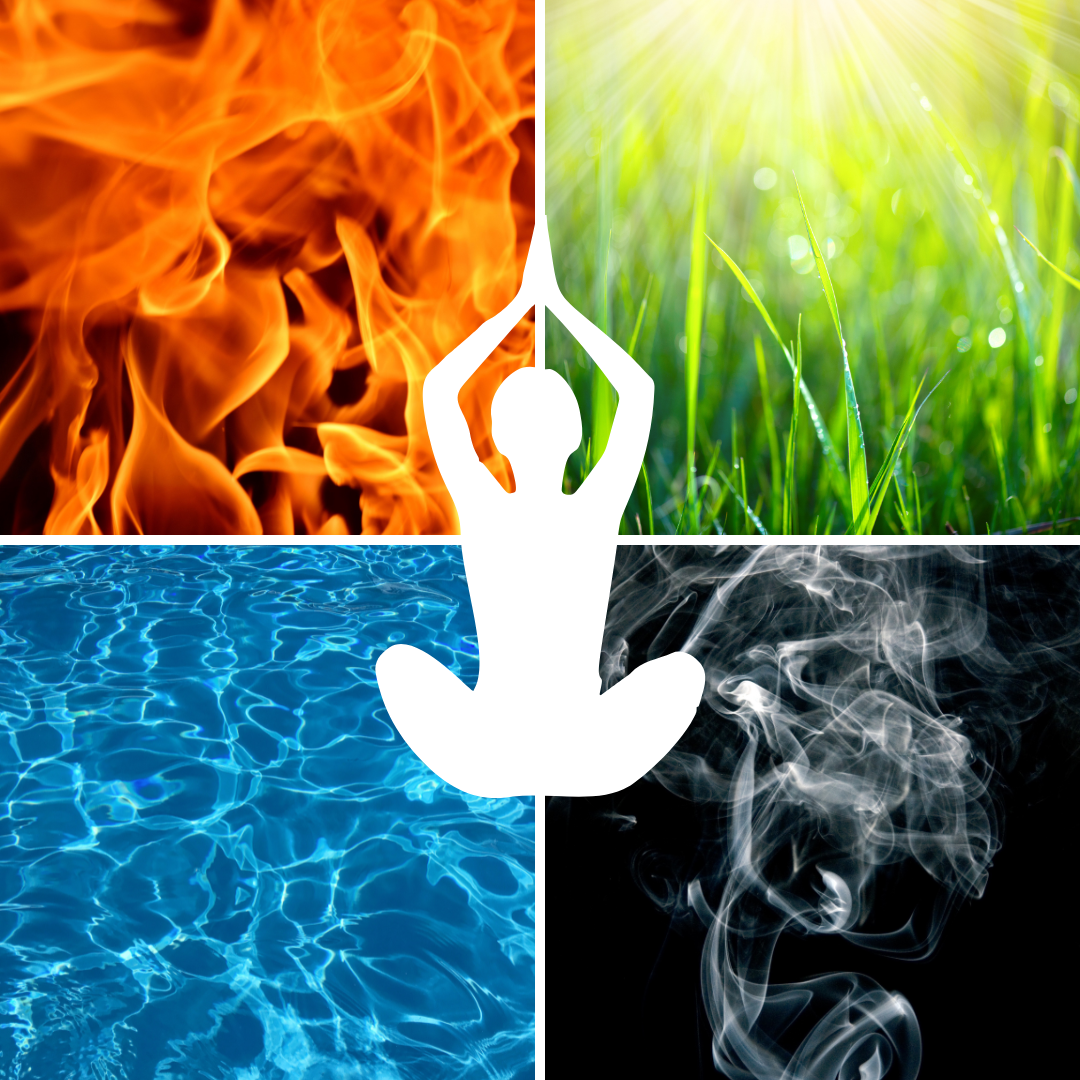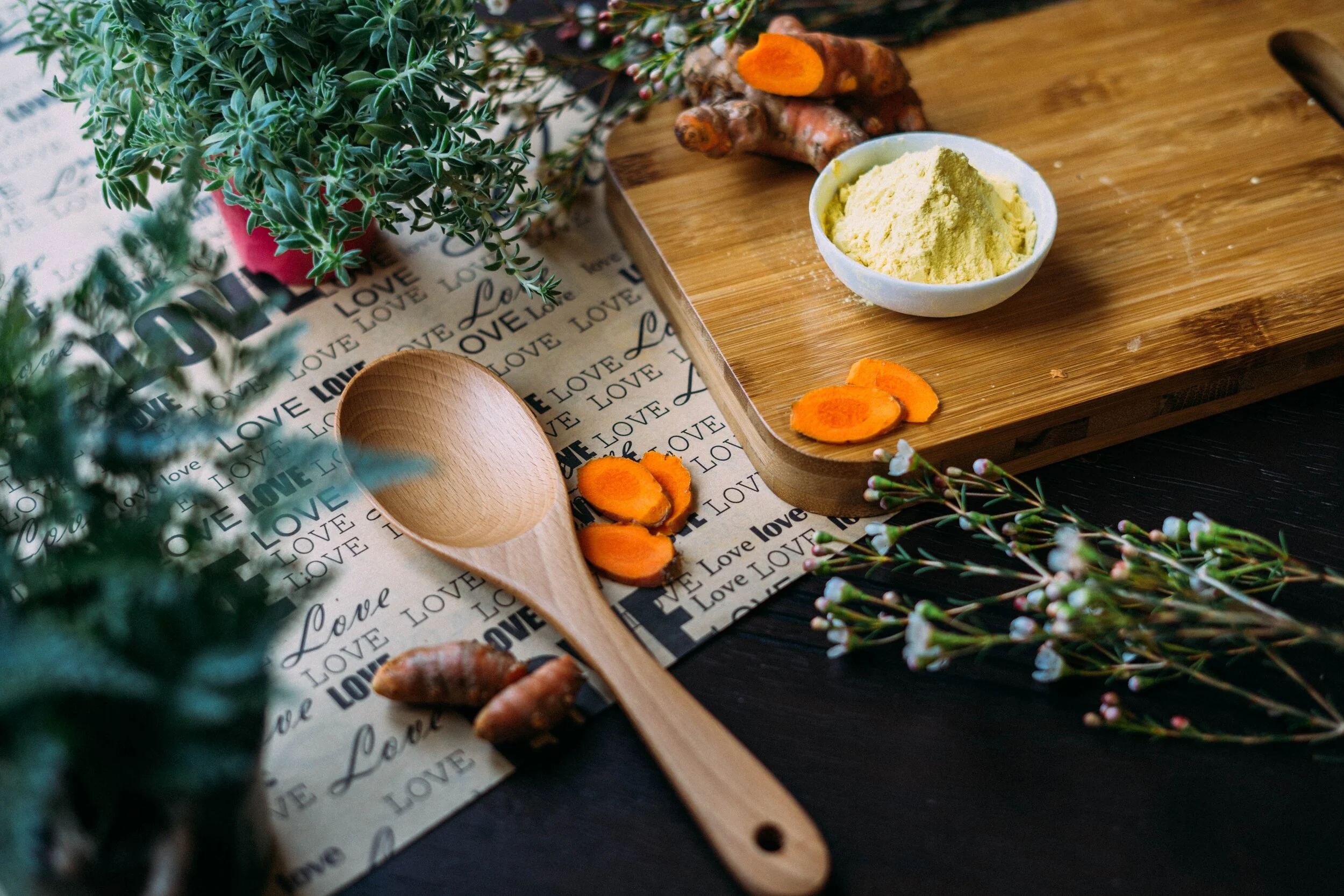The Flurry of Fall
/It's hard to believe that fall is upon us. Summer breezed by, and we are starting to see and feel the signs of fall. The days are cooler, the breezes gustier, and the crisp nights arrive earlier. The trees are in their full glory of colorful attire for the season, showing us their brilliant reds and oranges. According to the science of Ayurveda, fall and winter are governed by pitta and vata doshas; pitta in early fall when it is warm, and vata later when it becomes cooler. With the cooler temperatures we have been experiencing lately, and the dramatic shifts from warm to cool to warm again, vata dosha is the dominant energy at this time.
In Ayurveda, we recognize the three doshas: kapha, pitta, and vata. Each dosha has specific properties associated with it.
We, as individuals, tend to identify with a particular dosha and its properties; however, we are also influenced by the properties of the dosha currently active in our environment. Vata dosha exhibits properties of dryness, cold, and motion. Those who are already vata dominant may find that during times of environmental vata they are pulled out of balance, perhaps even into a state known as "vata derangement", where the unstable qualities of vata become so intense we may feel extremely unstable ourselves.
As summer turns to fall in our midwestern clime, we observe the earth and plant life beginning to dry. We may feel this same sense of dryness or brittleness in our physical bodies or our emotional states. The near-constant motion of the autumn breezes and the sense of change permeating the air may manifest in our energies as feelings of anxiety or restlessness. We may feel scattered, like the leaves on the wind, or have trouble sleeping. Fortunately, the science of Ayurveda gives us not only the knowledge to understand the relationships we have with the natural world, but also tools to find balance as the natural energies shift.
To pacify vata:
Follow a vata-pacifying diet. Avoid dry, raw, or cold foods and beverages. Drink warm liquids and eat foods that are well-cooked. Enjoy warming spices such as ginger. Rich and deeply nourishing foods like red meat, banana bread, and golden milk are favorable during this season. Try this vata pacifying recipe.
Keep your body comfortable and warm by dressing in earth tones, soft fabrics, and warm layers. Avoid drafts. Break out your coziest sweaters, slippers, and scarves.
Activities that pacify vata are gentle, rhythmic, and mindful. Walk in nature, take a hot bath, meditate, or enjoy a calming yoga practice such as hatha, gentle, restorative, yin, or Mindfulness Yoga & Meditation. Vinyasa can even be vata-pacifying if it is done gently and in a mindful way, focusing on effortlessly riding the flow of breath rather than exerting physically in the poses.
Routines are wonderful for stabilizing the constant motion of vata. Find a manageable morning and/or evening routine and stick to it. Wake up and go to bed at the same time. Set aside time to read or meditate each day.
Abhyanga (self-massage with warm oil) is especially beneficial this time of year.
Get plenty of sleep.
The change of seasons is also the perfect time for a cleanse. A gentle and nourishing cleanse can be done for as little as three days. Try this simple, nutritious cleanse.
Observe how nature handles the change in season. The trees let go of their leaves and move their energy to their cores. Animals do the same, slowing down their activity or hibernating to conserve energy. Use these examples as guides for how to naturally sustain your own energy during this time.
Stay warm and nourished.
Slow down.
Let go.
Rest.















